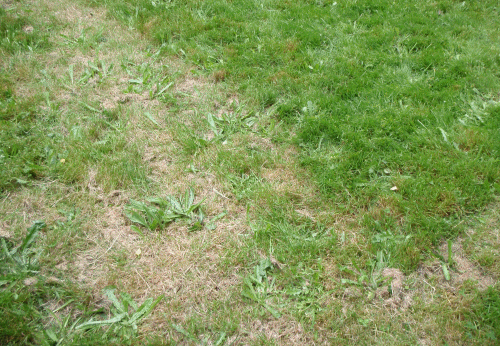




 1
1




"Although the world is full of suffering, it is full also of the overcoming of it." - Helen Keller
--
Jeremiah Bailey
Central Indiana




TCLynx
 1
1




"Although the world is full of suffering, it is full also of the overcoming of it." - Helen Keller
--
Jeremiah Bailey
Central Indiana
 1
1




TCLynx
 1
1




Brenda
Bloom where you are planted.
http://restfultrailsfoodforestgarden.blogspot.com/




TCLynx




Brenda
Bloom where you are planted.
http://restfultrailsfoodforestgarden.blogspot.com/




TCLynx




Brenda
Bloom where you are planted.
http://restfultrailsfoodforestgarden.blogspot.com/




Brenda
Bloom where you are planted.
http://restfultrailsfoodforestgarden.blogspot.com/




Brenda Groth wrote:
I'm 36 miles south
TCLynx




"Although the world is full of suffering, it is full also of the overcoming of it." - Helen Keller
--
Jeremiah Bailey
Central Indiana




TCLynx wrote:
To some extent you can eat fresh food year round but one must adapt one's diet to the food available in the season and that can take some getting used to after growing up in our society. Heck, it can be challenging to figure out how to prepare some of the lesser known veggies when most of the population has no idea what they are.
"Although the world is full of suffering, it is full also of the overcoming of it." - Helen Keller
--
Jeremiah Bailey
Central Indiana




TCLynx




Brenda
Bloom where you are planted.
http://restfultrailsfoodforestgarden.blogspot.com/




 1
1




TCLynx




Brenda
Bloom where you are planted.
http://restfultrailsfoodforestgarden.blogspot.com/




"Although the world is full of suffering, it is full also of the overcoming of it." - Helen Keller
--
Jeremiah Bailey
Central Indiana




"Although the world is full of suffering, it is full also of the overcoming of it." - Helen Keller
--
Jeremiah Bailey
Central Indiana




jeremiah bailey wrote:
. I think one could grow more plant life per space in a hot, rainy environment: i.e. rain forest. .
[img]http://i109.photobucket.com/albums/n52/havlik1/permie%20pics2/permiepotrait3pdd.jpg[/img]
"One cannot help an involuntary process. The point is not to disturb it. - Dr. Michel Odent




"Although the world is full of suffering, it is full also of the overcoming of it." - Helen Keller
--
Jeremiah Bailey
Central Indiana




Brenda
Bloom where you are planted.
http://restfultrailsfoodforestgarden.blogspot.com/




"Although the world is full of suffering, it is full also of the overcoming of it." - Helen Keller
--
Jeremiah Bailey
Central Indiana








Brenda
Bloom where you are planted.
http://restfultrailsfoodforestgarden.blogspot.com/




I think one could grow more plant life per space in a hot, rainy environment: i.e. rain forest. The plant life is returned back to the soil at roughly the same rate it is used. Thus attaining equilibrium.




"Although the world is full of suffering, it is full also of the overcoming of it." - Helen Keller
--
Jeremiah Bailey
Central Indiana








"Although the world is full of suffering, it is full also of the overcoming of it." - Helen Keller
--
Jeremiah Bailey
Central Indiana













Leif Kravis wrote:
just a guess, imo it will not last longer in overall measurements like growing days or season is my bet, if you can harvest a tomato all year like 3 regular crops i figure that uses 3 times the nutrients and maybe with the extra strength sunshine maybe 4 times the yield? also tropical dry seasons would likely slow system nutrient use overall but then there is less leaching, i seem to be rambling it seems like apples and oranges, best to do what suits where you are and what you like.
land and liberty at s.w.o.m.p.
www. swompenglish.wordpress.com




paul wheaton wrote:The general idea is that if I take steps to build the soil with organic matter, it will last more growing seasons because the microbials are dormant in the winter.
"the qualities of these bacteria, like the heat of the sun, electricity, or the qualities of metals, are part of the storehouse of knowledge of all men. They are manifestations of the laws of nature, free to all men and reserved exclusively to none." SCOTUS, Funk Bros. Seed Co. v. Kale Inoculant Co.








Brenda
Bloom where you are planted.
http://restfultrailsfoodforestgarden.blogspot.com/


















Paul Cereghino- Ecosystem Guild
Maritime Temperate Coniferous Rainforest - Mild Wet Winter, Dry Summer

|
I found this tiny ad in my shoe
heat your home with yard waste and cardboard
https://freeheat.info
|




